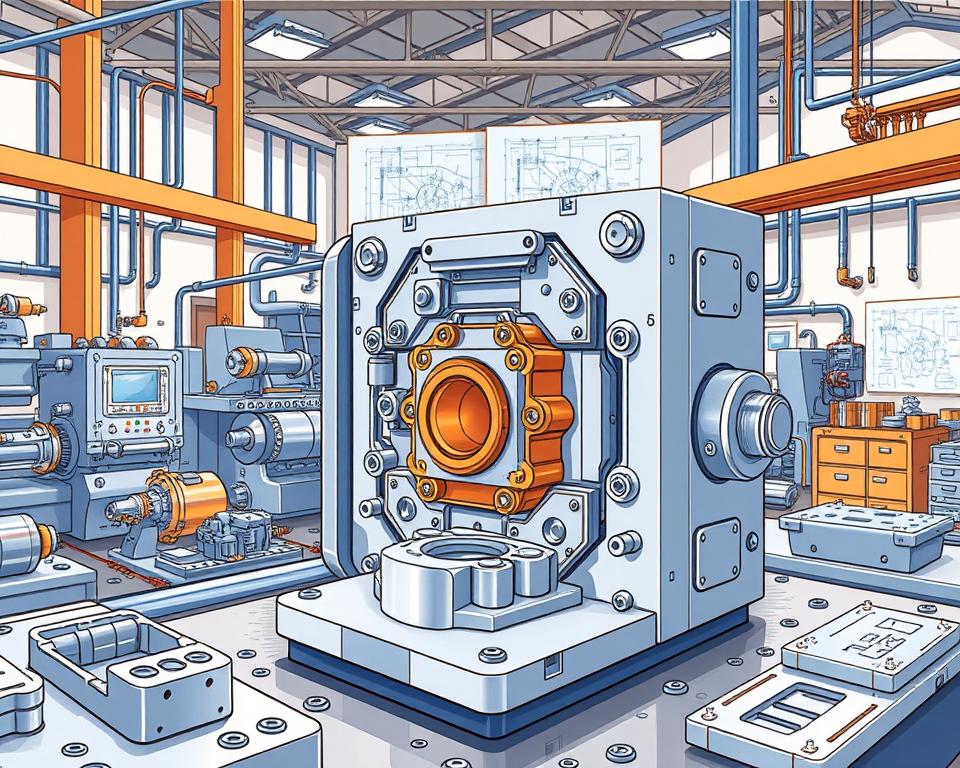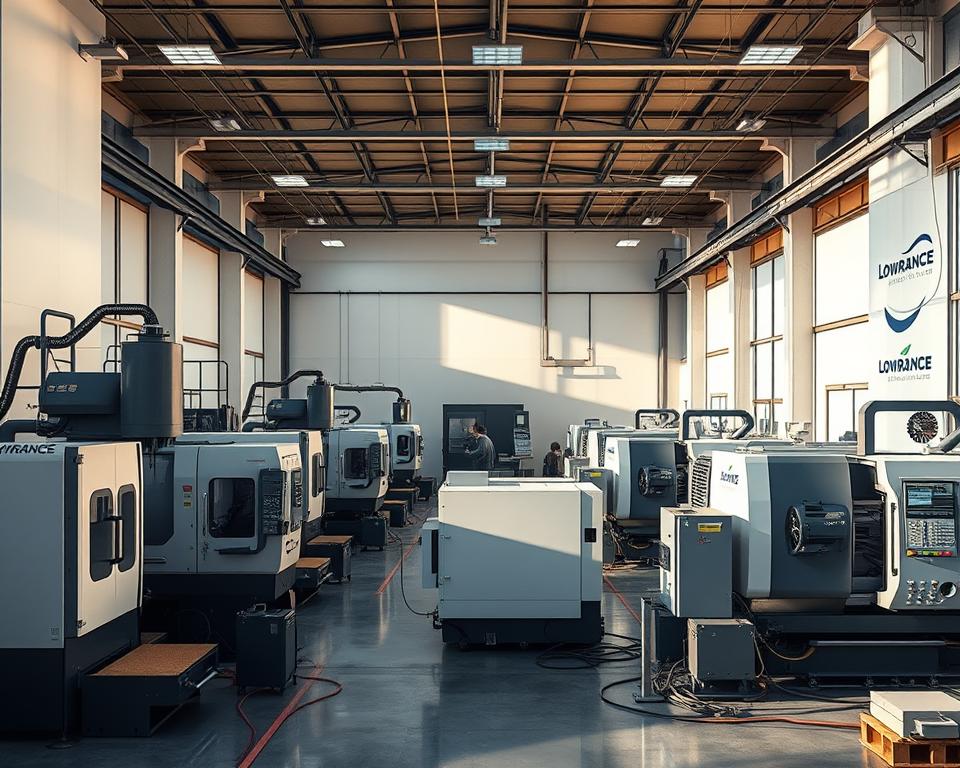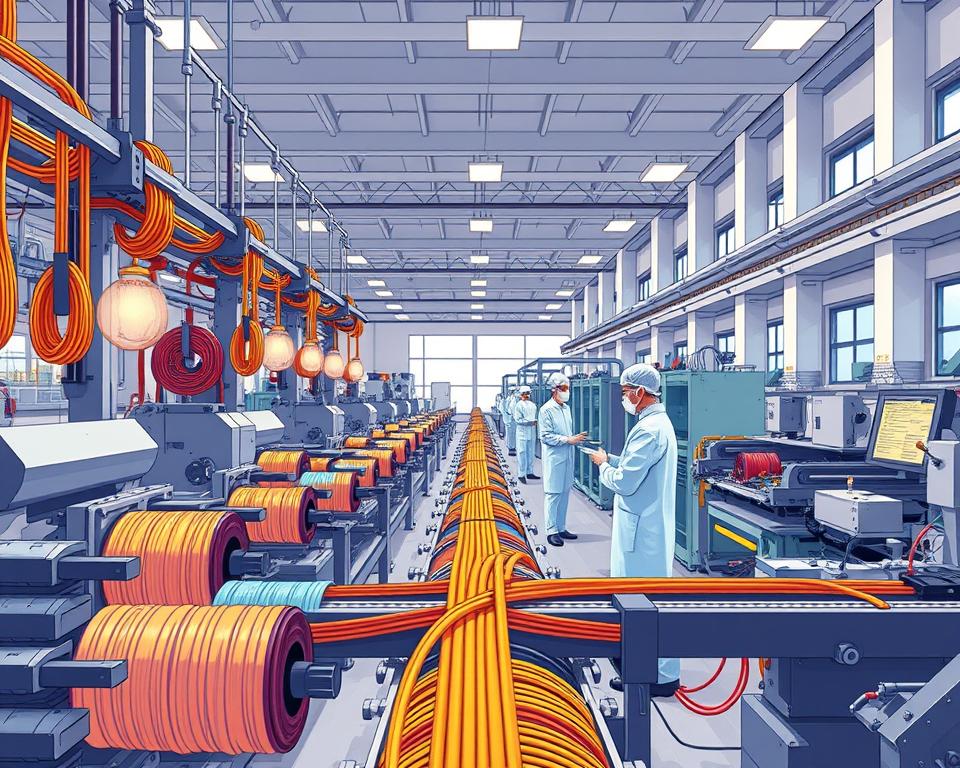Eco-Friendly Precious Metal Recovery Handbook
More than $60 billion in precious metals end up in e-waste every year—did you realize that? That eye-opening statistic shows how important recycling these metals really is. It’s not just good for our economy but also for the environment. Reclaiming gold, silver, platinum, and palladium helps lower pollution and preserve what’s left of our natural resources.
Companies like Dongsheng Metal Trading are leading the charge towards sustainability. They make sure those precious metals get reused rather than landfilled. That precious metal recycling companies strategy underpins green recycling and long-term sustainability.
Fundamental Insights
- Over $60 billion in precious metals is disposed of in electronic waste annually.
- Recycling precious metals shrinks environmental harm and saves resources.
- Key precious metals are gold, silver, platinum, and palladium.
- Sustainable development depends on eco-friendly recycling.
- Companies like Dongsheng Metal Trading specialize in metal recycling.
Understanding Precious Metals and Their Value
Naturally scarce metallic elements called precious metals draw interest from industries and investors. Examples include gold, silver, platinum, and palladium, each prized for special traits. These include electrical conductivity, corrosion resistance, and substantial rarity. The extraction and processing of these metals require considerable resources, underscoring the importance of recycling precious metals.

Intrinsic qualities and demand in the marketplace determine precious metals’ worth. Recovering metals is key to keeping the supply chain alive. It cuts the environmental toll of mining operations. Advanced recycling can bring metals back to their initial quality. That process conserves scarce materials and boosts the economy.
What are Precious Metals?
These metals’ special traits lend themselves to diverse applications. Their rarity and intrinsic properties are foundational to their economic significance. Key examples include:
- Au: Valued for its beauty and resistance to tarnish.
- Ag: Recognized for its versatility and high conductivity.
- Pt: Renowned for strength and catalytic uses.
- Pd: Gaining traction in cars and electronics.
Why Recycle Precious Metals?
The practice of recycling precious metals has emerged as a vital component for sustainability. It saves scarce materials and sharply cuts mining’s eco-footprint. Consider these advantages:
- Cutting down mining-related environmental harm.
- Using far less energy than fresh extraction.
- Contribution to a circular economy by reintroducing materials into production cycles.
- Potential for financial gains through the reclaiming of high-value materials.
The Importance of Precious Metal Recycling
Recovering metals delivers big eco and financial wins. Pointing out these perks shows how to shrink our eco-impact. Additionally, it fuels market growth and resilience.
Environmental Benefits
Green gains from metal recycling are huge. Retrieving metals from scrap and electronics reduces landfill load. This reduces the need for new mining, conserving natural resources.
It curtails mining’s damage, like habitat loss and toxins. A focus on metal recovery moves us toward real sustainability.
Economic Advantages
The economic benefits of recycling are equally compelling. Using reclaimed metals trims manufacturing budgets. It lets businesses choose reclaimed over freshly mined metals.
This shift creates jobs in recycling facilities and boosts market stability as demand for recycled metals grows. Harnessing these gains helps firms improve their bottom line. They also contribute to a greener economy.
The Precious Metal Recycling Process
Recovering precious metals involves multiple steps for peak efficiency. First, scrap electronics, jewelry, and industrial waste are gathered. They are sorted, decontaminated, and analyzed to gauge composition and value.
Recovery Steps
This systematic approach is vital for effective metal recovery. All stages focus on boosting metal yield. Sorting separates metals by type and purity. Cleaning removes contaminants that could hinder recovery. Analysis identifies the concentration of precious metals, guiding the choice of recycling techniques.
Metal Separation Techniques
Advanced recycling techniques are employed to achieve high metal recovery rates. Thermal reduction, using high temperatures to separate metals from ores, is a key method. Molten refining and wet-chemistry steps handle finer separations. Firms such as Dongsheng Metal Trading apply these techniques to raise recovery and profits.
Recyclable Precious Metals
Recovery efforts support both ecology and resource reclamation. A host of precious metals are recyclable, aiding markets and ecosystems. Awareness of recyclable metals guides consumers and companies.
Recycling Gold, Silver & Platinum
Gold, silver, and platinum stand out among precious metals. They’re found in jewelry, coins, and industrial uses. Gold recovery is widespread because of its worth and need. Silver recovery matters too, thanks to its role in imaging, tech, and solar.
Though scarcer, platinum’s worth shines in auto catalysts.
E-Waste Metals
Electronics scrap contains metals ripe for recovery. Smartphones, laptops, and tablets contain rare metals like palladium and indium. Reclaiming them cuts e-waste and recovers key resources.
The need to recycle these metals is critical. Sectors strive to cut waste and boost recycling efficiency.
Industries that Benefit from Precious Metal Recycling
Precious metal recycling is essential for several key industries, allowing them to use valuable resources efficiently and sustainably. The electronics industry, with its frequent use of precious metals in devices, benefits greatly. Aerospace and medical sectors also depend on these metals for critical components. Examining industry recovery uncovers eco- and economic advantages.
E-Waste Sector
Because devices abound with metals, electronics tops recycling efforts. Quick device turnover spawns more electronic scrap. Hence, recovering metals like gold, silver, and palladium is crucial. It preserves nature and lowers mining-driven CO₂ emissions.
Businesses enhance recovery to align with green and zero-waste aims. This shift supports the ongoing need for resource conservation and environmental protection.
Aerospace and Medical Equipment
Recycling precious metals matters for aerospace and healthcare, given their reliance on them. Durable, corrosion-resistant alloys are used in aircraft and medical tools. Recovering them cuts costs and meets green regulations.
They recognize that recycling offsets material scarcity. And it improves operations, making metal recycling a smart green tactic.
Selecting Recycling Partners
Choosing reputable metal recyclers is vital for success. Be sure to quiz them on their methods. Knowing their pricing and processing methods can greatly affect your experience. By comparing services, you can see what each company offers and make a smart choice.
Questions to Ask Recycling Companies
- What certifications do you hold regarding precious metal recovery?
- What techniques do you use for each metal type?
- Which recovery percentages do you achieve for each metal?
- How do you handle pricing, and what additional fees might apply?
- Do you have client testimonials or references?
Comparing Prices and Services
You must evaluate services side-by-side to pick the right recycler. Create a table to compare key factors such as:
| Company Name | Recovery Rate (%) | Processing Fee ($) | Turnaround Time (Days) |
|---|---|---|---|
| Recycling Co. A | 95 | 50 | 7 |
| Recycling Co. B | 90 | 45 | 5 |
| Recycling Co. C | 92 | 55 | 10 |
Comparing options ensures you get top value and service. That way, you maximize returns and maintain quality.
Your Metal Recycling Handbook
Understanding how recyclers operate is key for those interested in precious metal recycling. These experts manage the entire process, from collection to processing. Such management secures peak resource use and profit.
How Recyclers Operate
Advanced workflows—assay, separation, smelting—unlock metal value. Collection comes from devices, jewelry, and industrial waste. Then, they use sophisticated techniques to separate different metals. Next, they refine these metals to extract precious elements like gold, silver, and platinum.
This process not only maximizes resource recovery but also supports eco-friendly practices. It’s a critical step towards sustainable development.
Finding Your Perfect Recycling Partner
Key criteria matter when choosing a recycler. Start with their sustainability track record. In today’s market, a commitment to sustainability is essential. Also, examine if they handle everything or only certain stages.
Cost is equally important. Get quotes to compare different options. Companies like Dongsheng Metal Trading offer customized solutions for various industries. They remain a trusted partner for targeted recovery.
Types of Recycling Facilities
Recovery facilities are central to green waste solutions. There are specialized centers for different metals and materials. Awareness of facility types guides you to proper recyclers. This benefits both businesses and the environment.
Facility Categories
There’s a broad spectrum of recycling operations. Some focus on precious metals, while others handle a wide range of materials. Here are a few common types:
- Metal Scrap Yards: Typically focus on general metal waste, including ferrous and non-ferrous metals.
- Specialized firms recover gold, silver, and platinum with advanced refining.
- E-waste hubs target valuable metals inside tech devices.
Choosing Facility Locations
Easy access to facilities boosts recovery efficiency. Businesses must consider the logistics of transporting materials. Here are some factors that influence access:
| Factor | Description |
|---|---|
| Proximity | Nearby recyclers reduce haul time and expense. |
| Networking | Having established relationships with local recyclers can enhance efficiency in recycling processes. |
| Service Range | Awareness of service menus aids in picking the right center. |
Ultimately, facility type and access shape recycling success.
Recovering Metals from E-Waste
Electronic waste is a pressing issue in today’s world, causing environmental harm. Discarded devices often contain precious metals that can be recovered through recycling. That underscores viewing e-waste as a metal source.
Metals in Devices
Gadgets harbor small quantities of precious metals. These metals are found in various parts:
- Circuit boards
- Connectors and ports
- Capacitors and resistors
- Battery terminals
Common electronics conceal recoverable metals. With recycling, we can efficiently recover and reuse them.
The Importance of E-Waste Recycling
E-waste recycling is vital for both environmental protection and resource recovery. It reduces landfill waste and saves natural resources. Key perks include:
- It lowers pollution risks tied to discarded electronics
- It curbs carbon footprints with sustainable recycling
- It bolsters circular models by returning scrap to production
Encouraging electronic recycling promotes sustainable resource management. It secures a healthier planet for tomorrow’s children.
What’s Next in Metal Recycling?
The field of precious metal recycling is undergoing a transformation, driven by technological progress and a surge in sustainability efforts. With resource conservation rising, recyclers are innovating. By integrating novel processes, they pave the way forward.
Eco-Friendly Recycling Innovations
Today’s sustainable recycling prioritizes waste reduction and low impact. Businesses adopt green packaging and energy-saving techniques. Such moves match worldwide green goals and nudge industries to be more eco-responsible.
New Metal Recovery Tech
Breakthroughs in recovery boost metal recycling yields. Automated sorters and hydrometallurgy ramp up yield. These innovations not only increase resource extraction but also reduce environmental impact, marking a significant step forward in recycling precious metals.
Launching a Metal Recycling Startup
Launching a metal recovery firm requires careful strategy and market insight. Founders need a roadmap, regulatory know-how, and solid groundwork. This includes conducting extensive market research and identifying target clients. Permits and regulatory clarity underpin ongoing success.
Business Setup Steps
Setting up a precious metal recycling venture requires several essential steps:
- Analyze market demand and competitor landscape.
- Develop a detailed business plan outlining goals and strategies.
- Acquire suitable recycling equipment that meets your operational needs.
- Obtain capital via loans or investors.
- Obtain vital permits and licenses for legal operation.
- Deploy promotional plans to gain customers.
Regulatory & Certification Needs
Grasping legal frameworks is essential for your recycling venture. Complying with eco-regulations keeps your business green and lawful. Key considerations include:
- Getting licensed by appropriate agencies.
- Complying with local, state, and federal regulations on waste disposal and recycling.
- Training staff in safety protocols and best practices.
The Final Word
Recovering precious metals conserves resources and protects our planet. It helps people and companies cut waste’s ecological toll. The recovered metals reduce mining needs and boost the economy by creating jobs in recycling.
Recycling goes beyond environmental benefits, also providing economic advantages. Working with Dongsheng Metal Trading guarantees green standards. Such alliances reinforce the circular economy for all stakeholders.
Our path to sustainability relies on united metal recovery initiatives. Raising awareness fosters mindful use and eco stewardship. Adopting these practices will benefit us now and secure a greener future for generations to come.


